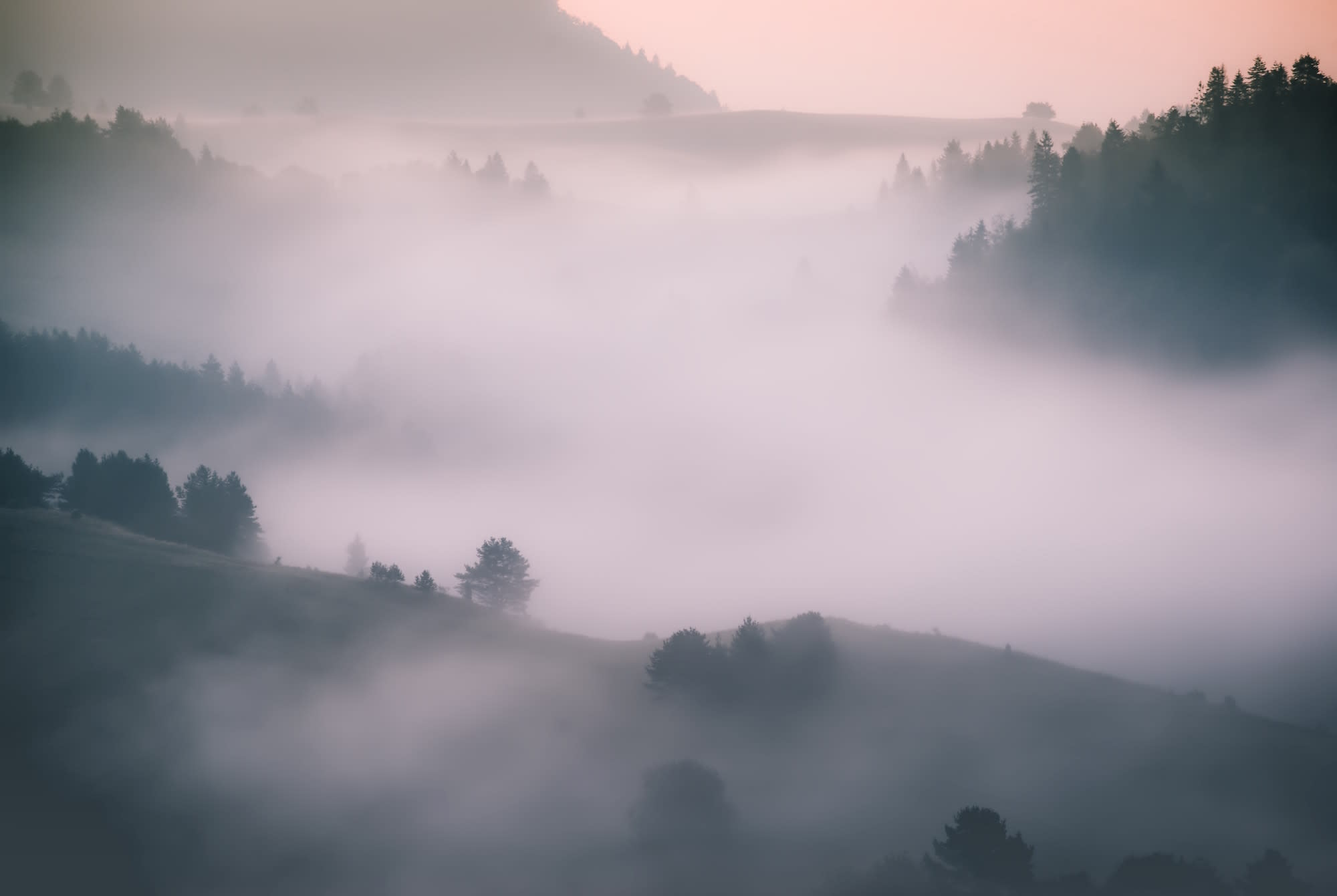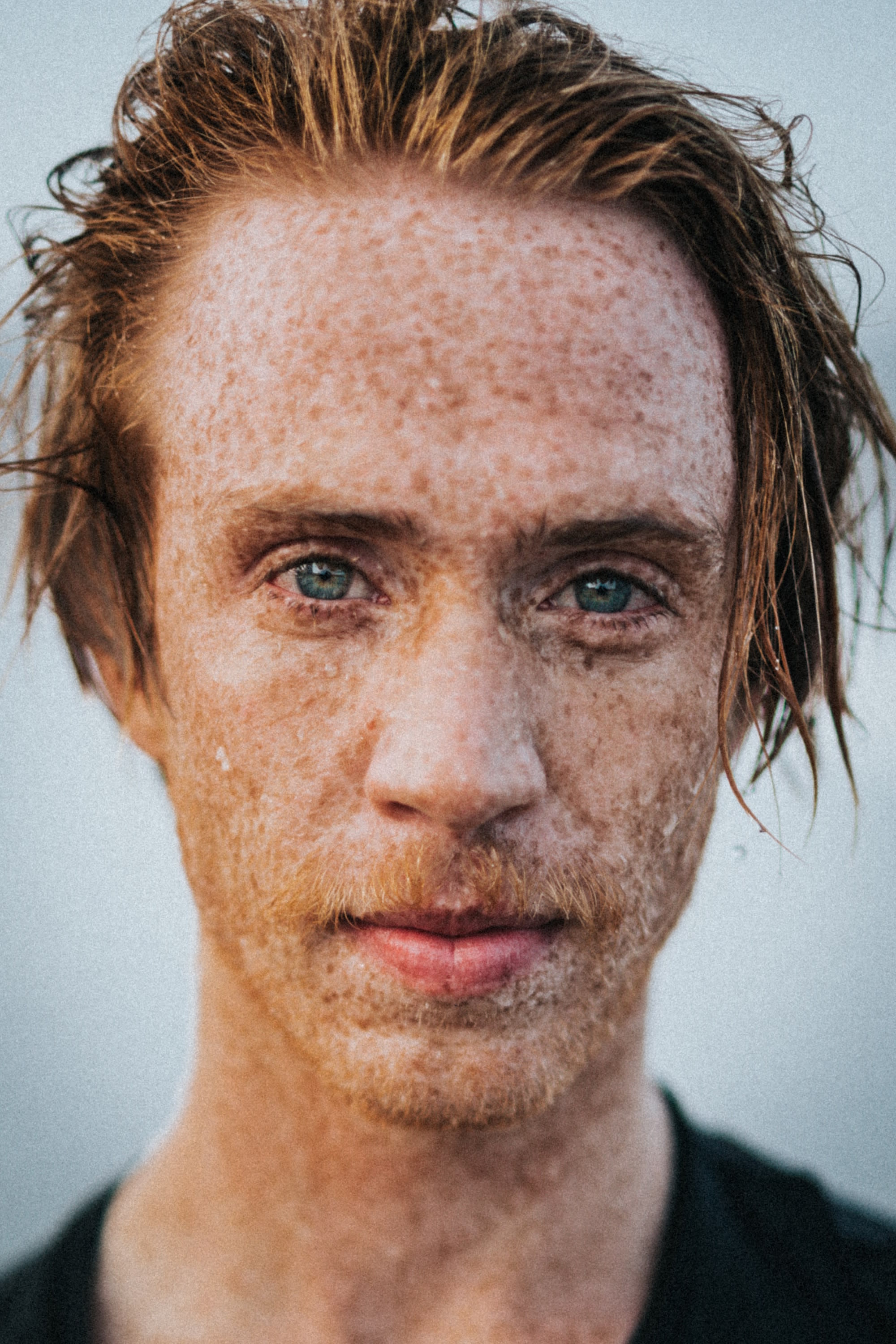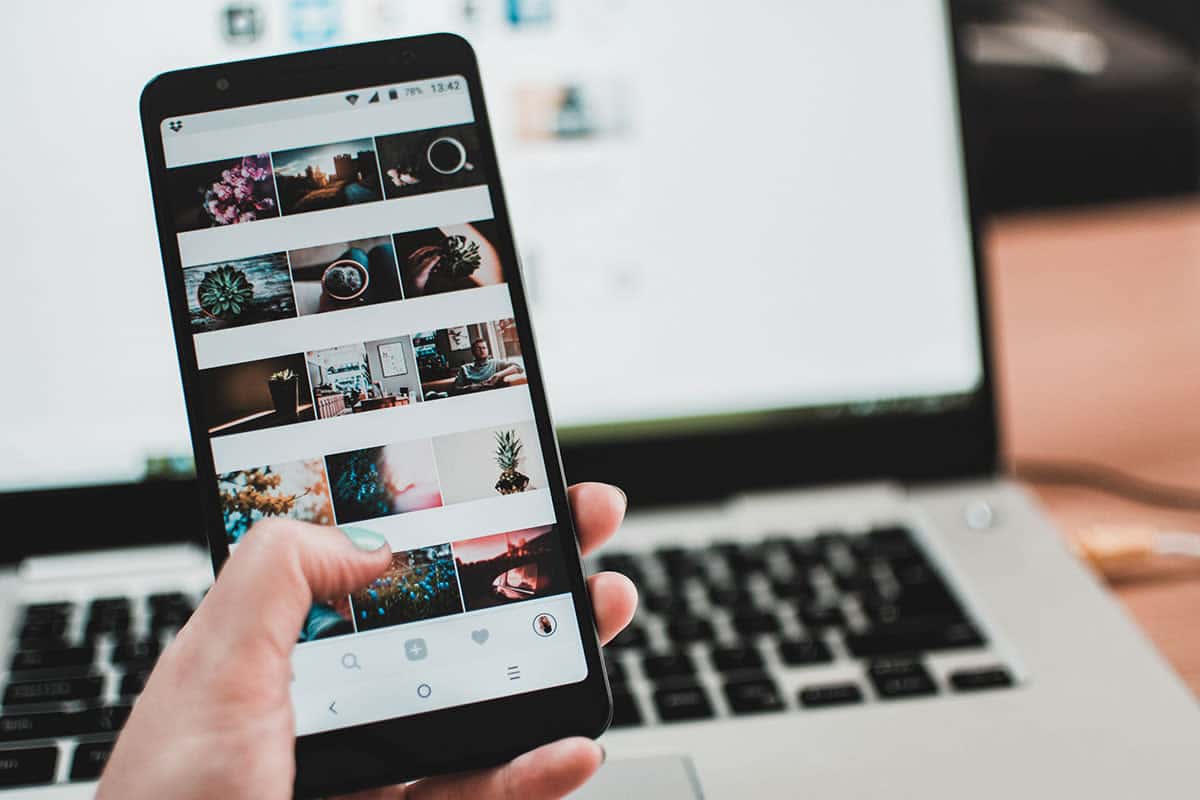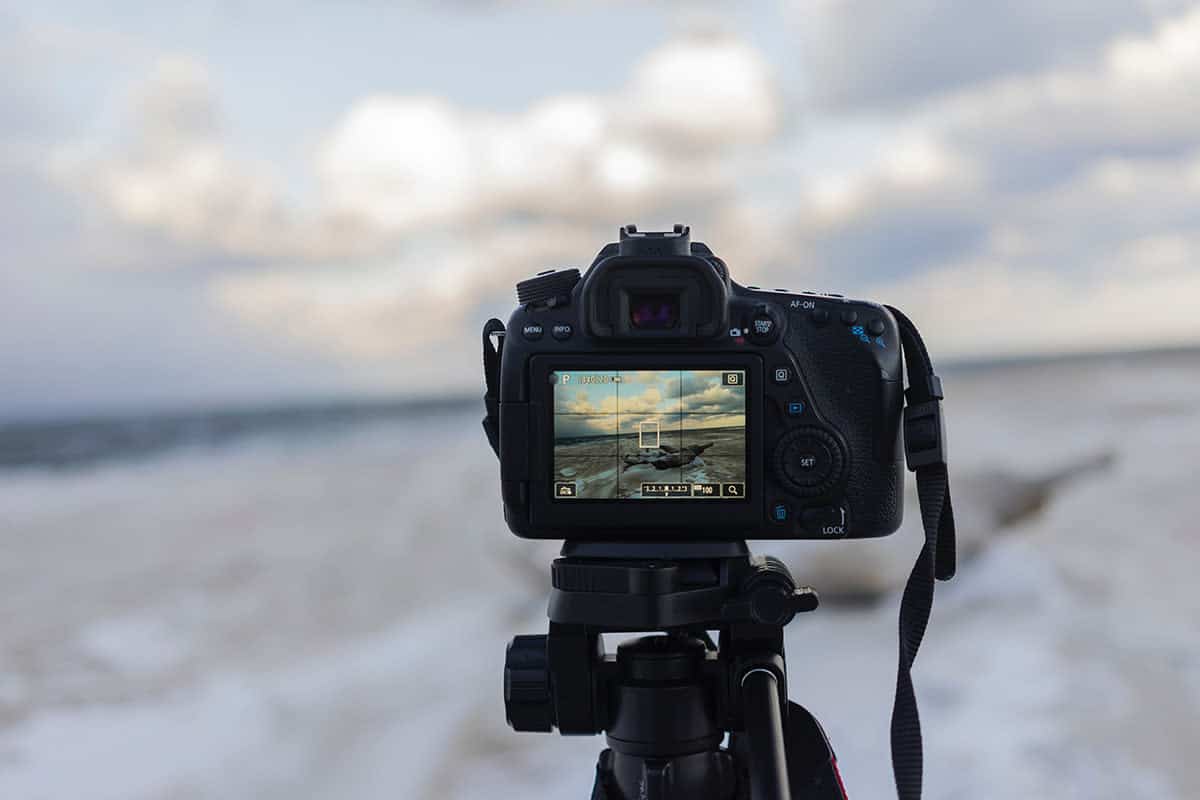The most well-known photographers have a distinctive style that’s instantly recognizable. It’s what makes their work stand out—but style is more than just the steps in editing the photos or the subject matter itself. Style happens organically with years of creating and experimenting in your craft.
Style is what happens after finding your authentic voice through your medium of choice. When you’re just starting out on the road to becoming a professional photographer, it’s good to have a general idea of where you want to go. One of the best ways to plot your course is to choose and develop the style of photography that speaks to you.
Spending some serious time figuring out your personal photography style will help you feel a lot less all over the map as a beginner. Once you’ve honed your skills, there are great creative rewards for going off-route and trying out different types of photography to really build your skillset.
What We Mean When We Talk About Photography Styles
There are many different types of photography, some of which we’ve already gone over in depth. A few of the options you can choose from include:
- Wedding photography
- Newborn photography
- Maternity photography
- Portrait photography
- Landscape photography
- Fashion photography
- Still life photography
- Product photography
- Fine art photography
- Food photography
- Wildlife photography
This list is by no means exhaustive—and even within this list of genres, you can find sub-genres and different styles of photography, but these general categories are meant to give you a place to start, and you don’t have to choose just one. Some of these styles—like wedding photography—contain multiple aesthetic styles themselves (many weddings include portrait, landscape, and food shots), so it’s best to start with just one and grow from there.
The actual type of photography you shoot is just one piece of the puzzle when it comes to defining your personal style.
Composition, the lenses, the subjects you choose, the angles you shoot from, the light and styling, the colors, and the way you edit and crop all work together to give your work a distinct look.

Photographer, Know Thyself
It’s not always easy to definitively answer, “what type of photographer am I?” Equipment comes second to your own creativity. It’s not about what kind of camera you’re shooting with, but more about what subject matter you’re capturing and how you’re capturing it.
Much of the work involved in discovering your personal photography style involves introspection and self discovery.
It might seem silly or feel a bit awkward at first, but try starting by setting aside 15 to 30 minutes for an uninterrupted freewriting session about what inspires you. Don’t overthink things; just write whatever comes to mind.
Once you’ve done your freewriting, look for themes that emerge in your notes. Think about the first time you held a camera. What drew you to photography? What made you want to learn how to become a professional photographer? Who inspired you then? Who inspires you now? How are they related?
Here are some other questions you might want to consider during this exercise:
- What do you hope to achieve with your photography?
- What kinds of clients do you want to attract? Are you interested in corporate, editorial, or more intimate client relationships?
- What do you love about photography? What do you dislike?
- Which photographers do you look up to? Why?
- What do you love to shoot? Get really specific. If you love to take photos of food, what kind of food? In what settings? Why?
The more time you spend really drawing out your motivations, likes, and dislikes, the easier it will be for you to find a photography style that works for you.
Writing is a great way to declutter your thoughts. At some point, you’ve thought about these questions, but journaling them can help you organize these thoughts and intentions to pin-point a certain direction in your creative process.
Inspiration is Everywhere
When you have an idea in your head of what inspires you, it’s time to explore the world around you.
Taking a look at the work other photographers are doing is a great place to start. Carefully considering where you draw inspiration can give you insight to your aesthetic taste or the most appealing style to you.
You can use apps like Pinterest, Instagram, and Behance to catalog the inspiration you find online, or you can go analog and create a physical moodboard.
Consider why you saved these photos—what about these images appealed to you (subject, color, composition, emotion). The more you get used to categorizing your photo inspiration, the more you’ll be able to pinpoint the style of the artist.
We’ve gathered a few roundups of talented photographers here to get you started:
These Food Photography Portfolios Will Make You Very Hungry
20 Mesmerizing Portrait Photography Websites
How 10 Artists See the Environment Around Them
20 Wedding Photo Ideas to Spice Up Your Shot List
20 Travel Photography Portfolios from Around the World
What To Do With This Inspiration
The key to taking inspiration from other photographers is to stick to inspiration and stay away from imitation.
Look for aspects of the work that draws you in, and incorporate those into your own photography style. Is it their composition that makes them stand out? Or the way they use color to highlight their subject? Whatever it is, take one element and apply it to your work without recreating that photographer’s entire style. You have a unique point of view, and the world wants to see it.
Once you have an idea of what interests you, the fun can begin!
Take your camera everywhere and practice, practice, practice. Shoot everything and anything that speaks to you—Even if you aren’t completely certain about which photography style is the best for you, take photos every day. Over time, your style will become clear.
This also gives you a chance to learn the rules and hone your skills. You’ll be able to catch some of the basic mistakes that beginners make—like trees sprouting from your subjects’ heads—and correct yourself.

Don’t Knock It Until You Try It
When you first start looking into how to become a professional photographer, you might be tempted to gravitate towards what you already know and like.
But if you avoid things because you’re not good at them, you might miss out on something great. The best way to figure out your style and what you’re good at is to try it. Even if your first shot isn’t the best—give it a good chance to see if there is room for you to keep exploring.
In addition to trying different types of photography, here are some other key elements you should explore as you find your style.
Composition generally refers to the way elements are arranged in the frame.
A well-composed photo draws the viewer in and highlights the key focal points, as well as guides them through the image as a whole. A good place to start is with the rule of thirds, and many cameras have a gridview to help you line up the shot.
Once you’re comfortable with the rule, it’s time to break it. Experiment with a centered image, find something to act as a frame within the frame, or use patterns to guide the eye through the photo. You may find that you’re more comfortable with one type of composition over another, and you might even surprise yourself with what you discover.
You have a lot of options when it comes to lenses.
The right lens can make or break a photo as well as have a major impact on your photography style. Many photographers like to have a combination of fast zoom lenses, like 16-35mm f2.8, 24-70mm f2.8, and 70-200mm f2.8 on hand.
They’re popular since they allow for the most common range of focal lengths, and their wide apertures let in lots of light with shallow depth of field to make subjects pop. For low light shooting and a creamy bokeh, it’s good to include at least one wide-aperture prime lens, like 35mm, 50mm, or 85mm with a 1.2 to 1.8 maximum aperture. Many cities have photography equipment rentals, which is a great way to try a lot of different lenses before you invest.
Color is another opportunity to infuse your work with a look all your own.
Color can change the emotion of a shot—do you find yourself drawn to calm, cooler colors like blue and green, or warmer, lively hues like red and yellow? What are you hoping people will feel when they look at your work? How will the color palette support that?
Experiment with different color combinations and see what happens when you edit complimentary (blue and orange), analogous (red and orange), or monochromatic photos. Adobe’s Color CC is a great resource to play with colors and find what works.
The way you process your photos can also have a big impact on your photography style.
There are a lot of options for image editing out there, including Adobe Photoshop and Lightroom, Affinity, and GIMP. When you’re just starting out, you might want to try different Lightroom presets to see what kind of look fits best for you and your work. Don’t be afraid to adjust things manually.
Some of the best edits can happen by accident! Here are some edits you might want to try making in post:
- Straighten the image
- Crop to focus on the subject
- Adjust the exposure
- Apply curves to change the contrast
- Remove dust or spots
- Change the saturation to make colors pop
- Make the shot cooler or warmer
Lighting is another aspect of photography that can have a huge impact on your style.
As you go through other people’s work—as well as your own—take note of which types of lighting you find most compelling.
Perhaps bright portraits with lots of detail catch your eye, or maybe you’re more interested in shots where shadows create depth and intrigue. Whatever you’re drawn to, it’s important to spend time learning how to work with different light sources before committing to one style.
If you’re just getting started, a good reflector disc is a great way to work with natural light and ensure your photos (and the subjects) look their best. Many photographers also mount a speedlight to their camera and bounce the flash from a 45-degree angle while shooting indoors.
Depending on your budget and goals, you can look into even more lighting options, including studio strobes and remote transmitters.

Create a Photography Website that Reflects Your Style
Your look doesn’t end with the shot. You want to make sure your identity is cohesive, and that includes how you share your photos.
There are as many different ways of displaying your work as there are photography styles. Don’t worry, you don’t need to be a designer to build a beautiful website—there are great website builders with lots of templates and themes available.
Try out a few and see which ones work with your style. A few questions you might want to answer as you build your website:
- Do you want the page to scroll vertically or horizontally?
- Do you prefer stand-alone images or a grid layout?
- Which font(s) go with your work?
- What color palette do you want to use?
- Do you plan to use a logo?
Keeping a website portfolio is a great reference for your growth as a photographer too. You may notice certain phases, style shifts, and jumps in technical skill from regularly maintaining your portfolio, giving yourself more insight about your creative process as an artist.
Don’t forget to ask colleagues and friends about their opinion about your style. Sometimes we become too close to our work to be able to clearly see changes in style. Colleagues can also give you valuable feedback on your work, and provide you with an honest impression of your portfolio that could be helpful for when you’re ready to market yourself.
As your style evolves, it’s important to review and update the information on your website as things change. Add new images as you do more work and refine your photography style, update your pricing, or write blog posts to help with search engines—all this will help to keep your online portfolio website fresh.
Take it One Step at a Time
While it might seem overwhelming to find your style, especially when you’re first starting out and learning how to become a professional photographer, the best piece of advice we can give is to take things one step at a time. Have fun with it, take lots of photos, and try new things.
You never know which style will click for you and where your photography might take you.
*More photography resources:
A Beginner’s Guide to Buying the Right Photography Equipment
How To Start A Successful Photography Business
The Complete Guide to Manual Settings on Your DSLR Camera












